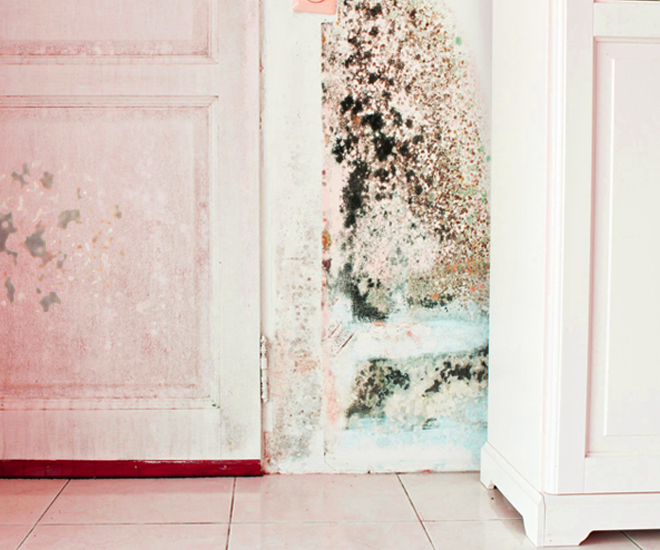Testing Air Quality After Mold Remediation
Testing Air Quality After Mold Remediation
Blog Article
Your Ultimate Guide to Article Mold Removal Strategies
Browsing the world of post-mold removal methods is a thorough process that requires attention to detail and a detailed understanding of the ins and outs entailed. In the after-effects of mold problem, understanding just how to successfully eradicate the mold and mildew and stop its reoccurrence is vital for keeping a healthy interior atmosphere. From picking the best cleansing and sanitizing methods to implementing methods for lasting mold and mildew avoidance, each action in the removal trip plays a critical duty in ensuring a successful end result. As we begin on this exploration of post-mold removal techniques, we will certainly uncover the essential strategies and ideal techniques that can help you recover your area to its pre-mold condition and guard it against future mold and mildew risks.
Recognizing Post-Mold Removal Refine
After completing the mold remediation procedure, it is essential to understand the post-mold remediation methods that are required to guarantee a extensive and efficient cleaning. When the mold has been removed, the next step includes cleansing and decontaminating the impacted locations to protect against any kind of regrowth of mold. This consists of making use of specialized cleansing agents to wipe down surfaces and kill any kind of staying mold spores. It is vital to dry out the location completely to inhibit the development of mold and mildew in the future (testing air quality after mold remediation). Correct air flow and dehumidification can help in this process.
Furthermore, performing a final evaluation post-remediation is crucial to make certain that all mold and mildew has actually been efficiently gotten rid of. If the evaluation reveals any type of sticking around mold and mildew, extra removal might be necessary.
Efficient Cleaning and Decontaminating Methods

Avoiding Future Mold And Mildew Growth

Significance of Correct Ventilation
Proper air flow plays a vital function in preventing wetness accumulation, an essential variable in mold and mildew growth within interior settings. Reliable air flow systems assist get rid of excess moisture from the air, decreasing the opportunities of mold and mildew spores discovering the wetness they require to spread out and germinate. Without appropriate air flow, interior spaces can become a breeding ground for mold, leading to potential wellness risks and structural damage.
By mold removal masters guaranteeing proper air flow, ventilation systems can likewise help in drying out damp locations much more quickly after water damages or flooding incidents, better discouraging mold growth. testing air quality after mold remediation. Precede like washrooms, kitchen areas, attic rooms, and cellars where wetness levels have a tendency to be higher, mounting and keeping efficient ventilation systems is vital in protecting against mold problems

Tracking and Upkeep Tips
Given the vital duty that correct ventilation plays in avoiding mold growth, it is critical to develop efficient monitoring and upkeep suggestions to guarantee the ongoing functionality of air flow systems. Normal evaluations of ventilation systems need to be performed to look for any indications of blockages, leakages, or breakdowns that can impede correct airflow. Monitoring humidity levels within the building is likewise vital, as high moisture can add to mold and mildew development. Setting up a hygrometer can assist track moisture degrees and alert property owners to any kind of spikes that might require focus. Furthermore, making sure that air filters are regularly cleaned or changed is essential for maintaining the efficiency of the air flow system. Executing a schedule for routine maintenance tasks, such as duct cleaning and heating and cooling system examinations, can help protect against issues before they rise. By Extra resources staying positive and conscientious to the problem of air flow systems, homeowner can successfully alleviate the risk of mold regrowth and maintain a healthy and balanced mold removal meaning interior atmosphere.
Conclusion
To conclude, post-mold removal methods are crucial for making sure a safe and tidy atmosphere. Recognizing the procedure, implementing reliable cleansing and disinfecting techniques, avoiding future mold and mildew growth, keeping correct air flow, and normal tracking are all vital action in the remediation procedure. By complying with these guidelines, you can efficiently eliminate mold and mildew and prevent its return, functioning or advertising a healthy living space for all owners.
In the aftermath of mold infestation, understanding how to efficiently eradicate the mold and stop its reoccurrence is paramount for preserving a healthy interior setting. Once the mold and mildew has actually been eliminated, the following step involves cleansing and sanitizing the influenced areas to protect against any regrowth of mold and mildew - Post Mold Remediation Report. After getting rid of visible mold and mildew development, it is crucial to clean all surface areas in the afflicted area to eliminate any remaining mold and mildew spores. To further enhance mold and mildew prevention steps, it is crucial to address underlying issues that at first led to mold development.Given the vital duty that correct ventilation plays in stopping mold and mildew development, it is critical to develop effective surveillance and upkeep tips to guarantee the continued performance of ventilation systems
Report this page